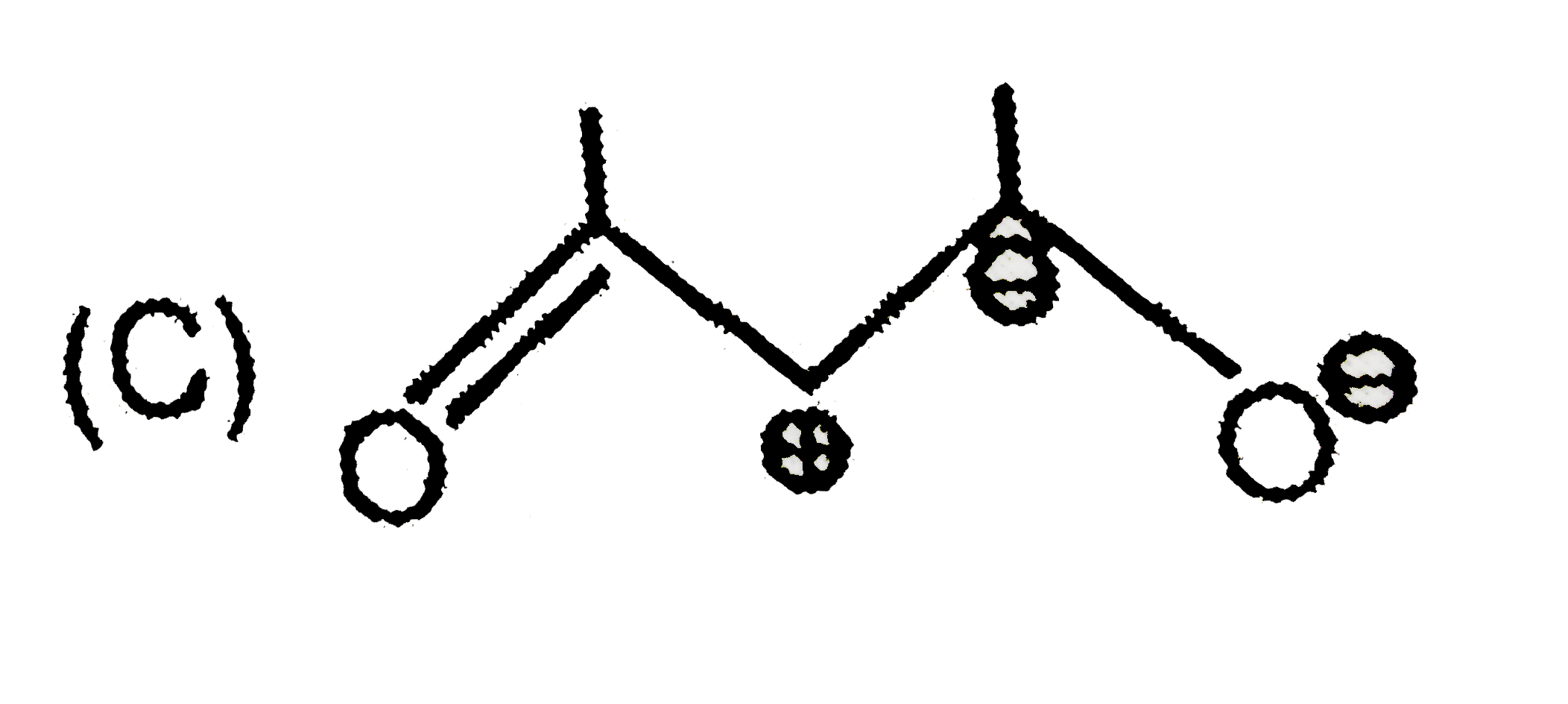Which is the most resistant structure in bacteria
Endospore
Cyst
Conidia
Gonidia
The correct Answer is:A
Step-by-Step Solution:
1. Understanding Bacterial Structures: Begin by recognizing the various structures present in bacteria. Bacteria have several components, including the cell wall, plasma membrane, cytoplasm, and specialized structures like endospores.
2. Identifying Resistant Structures: Among these structures, we need to identify which one is the most resistant to extreme conditions such as heat, desiccation, and chemical exposure.
3. Focus on Endospores: Endospores are specialized dormant structures formed by certain bacteria (like Bacillus and Clostridium) under unfavorable conditions. They are known for their resilience.
4. Composition of Endospores: Endospores have a thick protective wall and contain essential components such as DNA, RNA, proteins, and dipicolinic acid. The core of the endospore is surrounded by a tough outer layer.
5. Mechanism of Resistance: The protoplast of the endospore is highly dehydrated, which contributes to its resistance to heat and other environmental stresses. The dehydration helps in stabilizing the DNA and other cellular components.
6. Calcium Dipicolinate Complex: The presence of calcium dipicolinate in the endospore enhances its stability and resistance. This complex plays a crucial role in protecting the genetic material during extreme conditions.
7. Conclusion: After analyzing the structures and their properties, we conclude that the most resistant structure in bacteria is the endospore due to its unique composition and ability to withstand harsh environments.
Final Answer: The most resistant structure in bacteria is the endospore.
---
Topper's Solved these Questions
- DIVERSITY IN THE LIVING WORLDBOOK - MOTIONCHAPTER - DIVERSITY IN THE LIVING WORLDEXERCISE - Exercise - 1 (KINGDOM-PROTISTA)
57 Videos
- DIVERSITY IN THE LIVING WORLDBOOK - MOTIONCHAPTER - DIVERSITY IN THE LIVING WORLDEXERCISE - Exercise - 1 (KINGDOM – MYCOTA)
54 Videos
- DIVERSITY IN THE LIVING WORLDBOOK - MOTIONCHAPTER - DIVERSITY IN THE LIVING WORLDEXERCISE - Exercise - 1 (HISTORY OF TAXONOMY)
59 Videos
- DIGESTION AND ABSORPTIONBOOK - MOTIONCHAPTER - DIGESTION AND ABSORPTIONEXERCISE - EXERCISE -4 AIIMS | Assertion & Reason Questions
23 Videos
- ECOLOGYBOOK - MOTIONCHAPTER - ECOLOGYEXERCISE - EXERCISE -4
56 Videos
Similar Questions
Knowledge Check
Which is the most stable resonating structure ?
A B
B C
C D
D
Which is the most stable resonating structure?
A B
B C
C D
D
Which of the following is not a surface structure found in bacteria ?
APilliBFlmbriaeCFlagellaDPlasmids
The most stable resonating structure is
View SolutionGense representing traits of antibiotic resistance occur in bacteria over
View Solutionwhich is the most structural part of the body ?
View SolutionWhich of the following resonating structure is most stable ?
View SolutionWhich of the following is the most likely Lewis structure of nitrosyl chloride, NOCl?
View Solution
